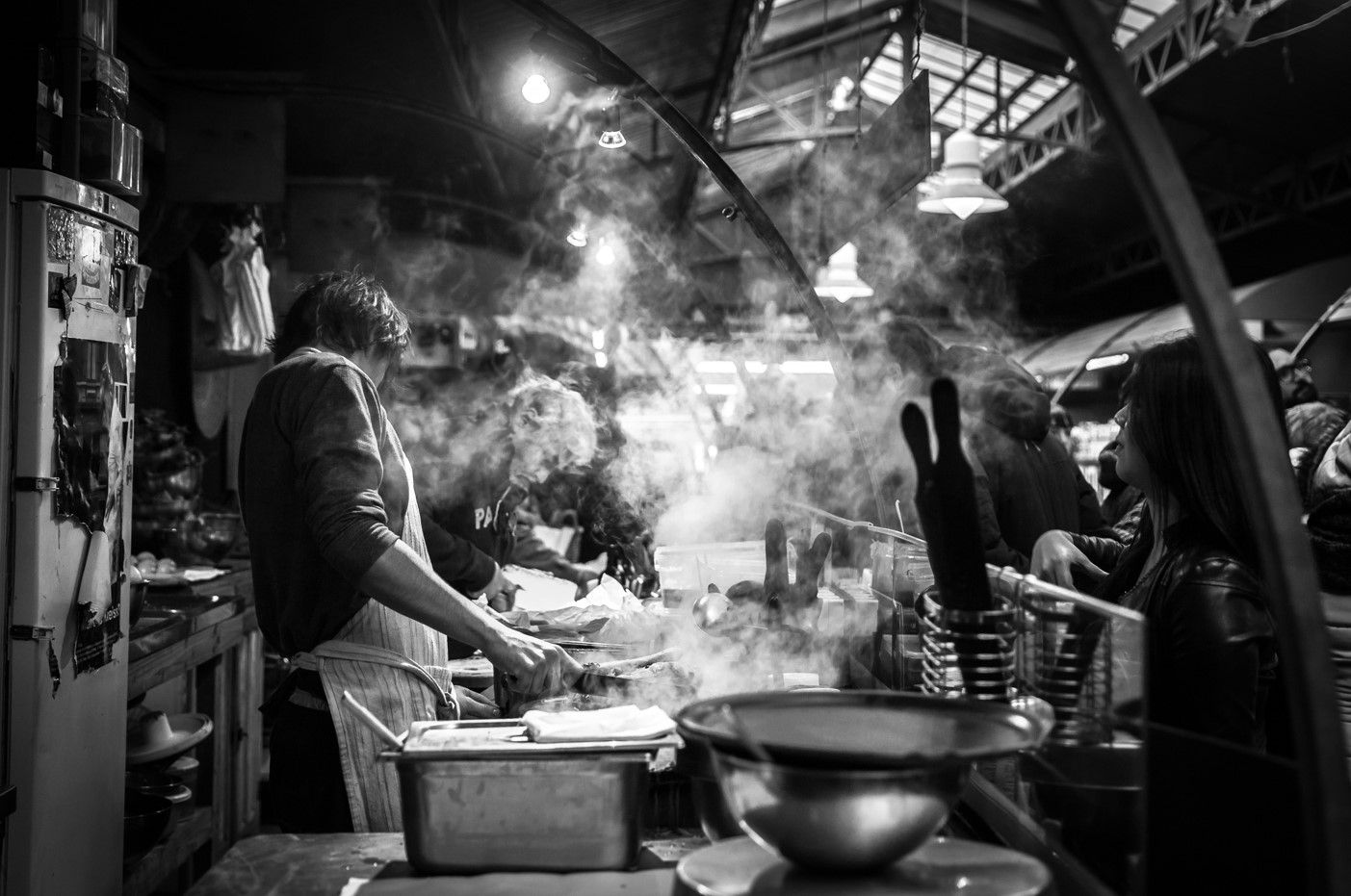The Flavourful History of Street Food
Street food is more than just a convenient meal; it’s a fusion of culture, community, and tradition that has evolved over centuries. From bustling markets to buzzing streets, street food reflects the local flavours, ingredients, and culinary practices of different regions.
Let’s explore the fascinating history of street food and its impact on our global culinary landscape!

The Origins of Street Food
Street food can be traced back to ancient civilisations. As a result of archaeological evidence, we know that food vendors were common in ancient Rome, where they would sell bread, cheese, and fruit from stalls. In ancient China, vendors peddled dumplings and noodles, catering to the working class who sought quick, affordable meals.
Medieval Markets
During the Middle Ages, markets were central to community life throughout Europe as street food became increasingly popular. Vendors were selling everything from pies and pastries to roasted meats. Eating on the go was common as urban populations grew and food became more accessible to the masses. In England, “pye men” would sell meat pies from portable stalls (precursors to modern-day food trucks!).
Global Influences
As trade routes expanded in the late Middle Ages, exciting ingredients and new spices made their way into Europe from countries such as Asia and Africa. This not only diversified street food offerings but also led to the emergence of distinct regional dishes. For example, the popularity of curry in the UK, influenced by Indian cuisine, is a testament to the global interconnectedness of street food.
In Asia, street food flourished as cities grew. Thailand, known for its vibrant street food culture, saw vendors serving dishes such as Pad Thai and Satay from roadside markets and stalls. The lively atmosphere created a communal and immersive experience.
The 19th Century Boom
The 19th century marked a turning point in the street food landscape. The Industrial Revolution resulted in an influx of workers seeking quick meals. In the United States, the iconic hot dog and pretzel vendors emerged, catering to the busy lives of city folk. The street cart culture thrived in cities like New York, where vendors sold everything from knishes to tacos, establishing a diverse culinary scene.
The Global Street Food Movement
The 20th century saw street food evolve in response to changing social and economic conditions. In many developing countries, it became an essential part of the economy, providing income for families and supporting the local economy.
As travel and tourism increased, street food began to gain recognition beyond its local roots. The globalisation of culinary trends in the late 20th century brought street food into the spotlight, with food festivals and markets celebrating diverse cuisines. Cities like Bangkok, Mumbai, and Istanbul became pilgrimage sites for food lovers, where the vibrancy of street food cultures were showcased.
The Modern Era
Today, social media and food blogs have elevated the profiles of street vendors. Online creators and television series highlight the level of talent and passion behind street food preparation, showcasing chefs who have dedicated their lives to their passion.
Street vendors are adapting to the preferences of consumers by offering locally sourced, sustainable options. This continues to highlight vendors’ adaptability and creativity when it comes to communities’ eating practices. Dishes continue to serve not just as a meal, but as a means of connection – bringing people together through shared experiences and the love of food, one delicious bite at a time.
Join the My Streats community! Sign up for free here.
